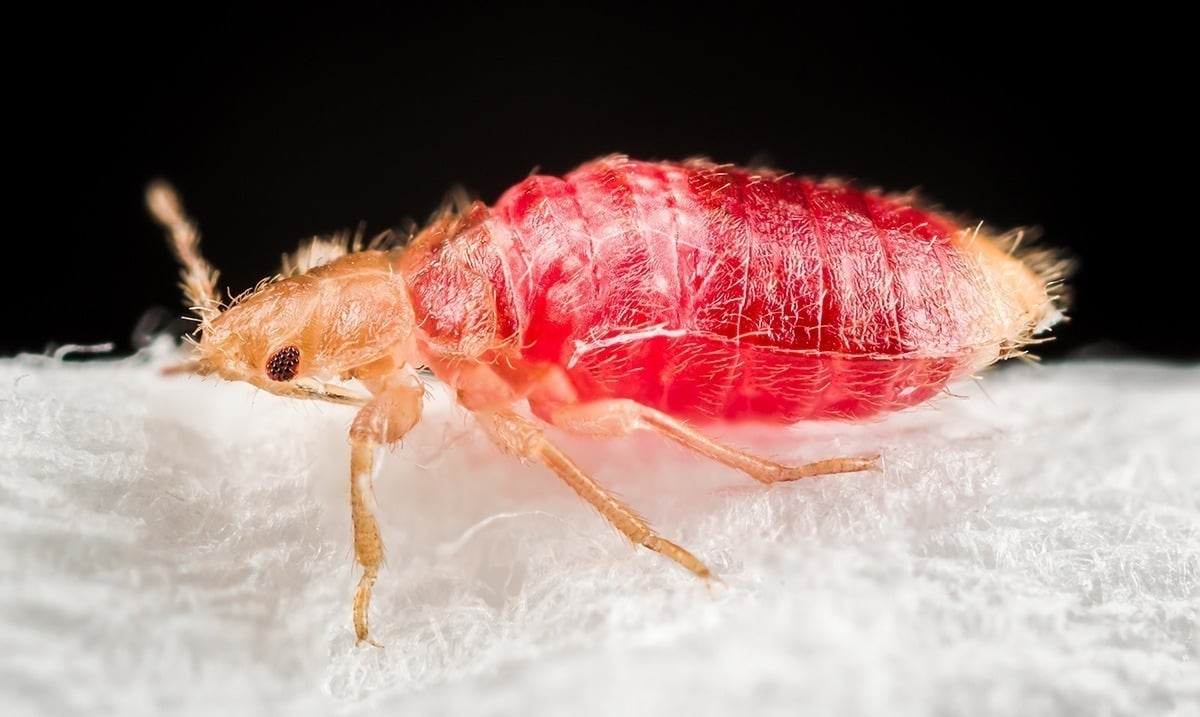If the presence of bugs and insects make your skin crawl, then prepare yourself for some news that won’t be easy to read. The United States is currently experiencing a major bedbug infestation. What do you need to know?
There was a time when the discovery of bed bugs in a specific location was a sign that it wasn’t properly cleaned or cared for, allowing the bugs to move in and take hold. After all, they are unable to fly, requiring them to travel as hitchhikers on the clothing, bedding, and furniture of others. Only after they find a suitable ‘home’ do they settle in, laying up to 500 eggs each year. In this way, a couple lonely hitchhikers can quickly lead to a full-blown infestation.
The current infestation in the United States first showed its comeback in a few secluded areas in 2004, leading scientists to start tracking the spread of the bugs. Since that time, they have traveled across the country with current reports including every state across the country, and the problem continues to grow. No longer just found in beds couches in our personal homes, we are now experiencing infestations in daycare centers, libraries, movie theatres, airports, and other very public locations. This makes it harder than ever to take the necessary precautions to avoid bringing these nasty little critters home.
Have you ever heard the phrase ‘Sleep tight, don’t let the bed bugs bite’? Experts reveal that this is rooted in actual fact. While bed bugs aren’t known to carry or transmit disease, they do feed off human blood. Their bites often cause great irritation to their hosts, leading to excessive itching, possibly even a secondary infection. This, understandably, can have an incredibly negative impact on one’s ability to get a good night’s sleep. Furthermore, some people may develop serious allergic reactions to the bites.
The Centers for Disease Control and Prevention (CDC) issued a report on their website outlining all of the necessary information for Americans to be well informed on how to detect, prevent and treat a bed bug infestation in their own home. They explain: “Bed bug infestations usually occur around or near the areas where people sleep. These areas include apartments, shelters, rooming houses, hotels, cruise ships, buses, trains, and dorm rooms. They hide during the day in places such as seems of mattresses, box springs, bed frames, headboards, dresser tables, inside cracks or crevices, behind wallpaper, or any other clutter or objects around a bed. Bed bugs have been shown to be able to travel over 100 feet in a night but tend to live within 8 feet of where people sleep.”
It can be incredibly hard to identify bed bug bites, but there are signs that you can watch for that would indicate you are currently experiencing an infestation at home. These include:
– The presence of blood stains on your bedding including sheets, pillowcases, and blankets.
– An offensive or musty smell originating in or around your sleeping area.
– Bedbug excrement in your bedding, on your pajamas or on the walls near your bed. These will appear as dark or rusty colored spots.
– The appearance of excrement, egg shells or shed skins from the bugs in or around any of the above-listed areas where bed bugs like to hide.
If you do expect that you have bed bugs in your home, the United States Environmental Protection Agency (EPA) warns that while there are treatment options that you can carry out yourself, the problem may be more complex and require the assistance of a professional. Treatment would require thorough and repeated cleaning of the area in question, emptying the vacuum after each use and sealing all items that can be used in plastic bags. After this preparation has been completed, there are non-chemical treatment options including heat or cold treatment, or in extreme cases, a professional can be called in to administer EPA-registered pesticides.
It’s important to remember that, regardless of the treatment option you choose, it may not be effective on the first try. Continue to watch for any evidence of bed bugs in the days that follow. If you do see anything that causes you to suspect they are not yet gone, repeat the process again or contact a professional for their opinion.

